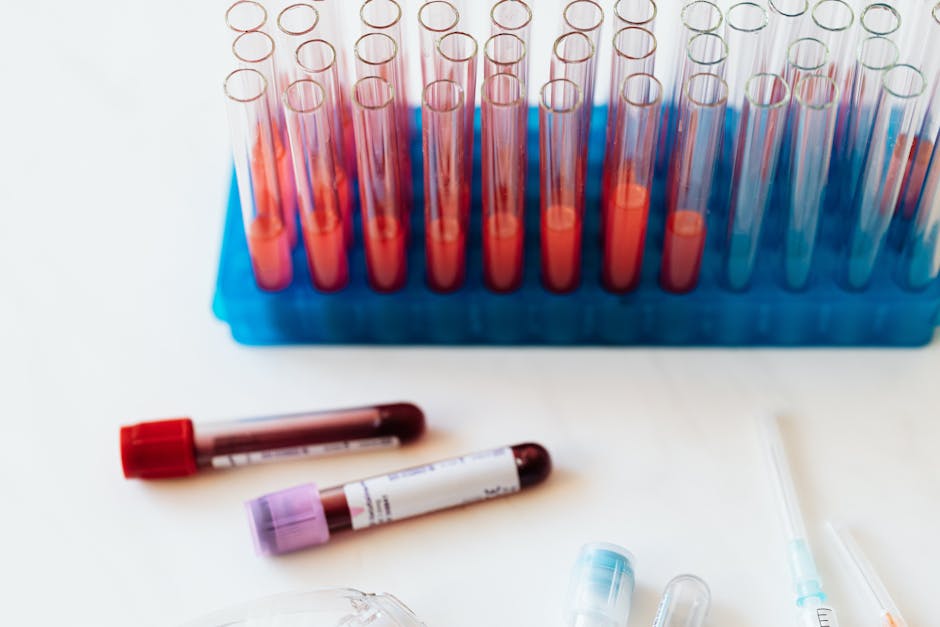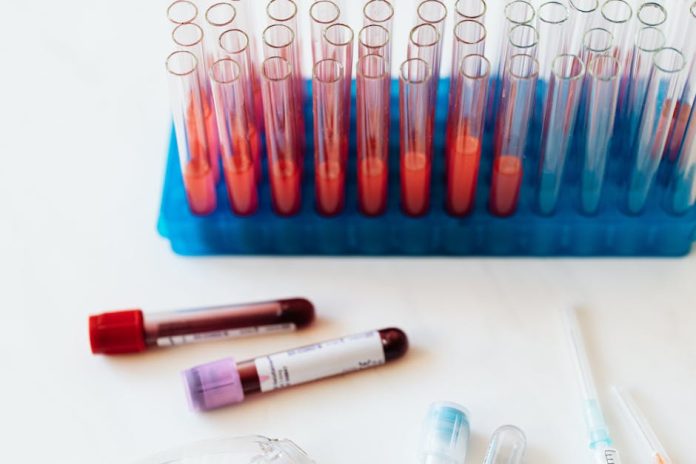
The allure of recycling is strong. It promises a greener future, a way to minimize waste and protect our planet. But a groundbreaking new study is raising serious concerns about the safety of recycled plastic, revealing a potentially hazardous truth hidden within those seemingly innocuous pellets: a toxic cocktail of over 80 different chemicals.
This isn’t just about a few rogue contaminants; we’re talking about a complex brew of chemicals, some of which are known to be harmful, lurking within the very material we’re trying to reuse. This discovery has profound implications for the safety of products made from recycled plastic, from food packaging to children’s toys.
The Chemical Breakdown: A Deeper Dive
Researchers analyzing recycled plastic pellets have identified an astonishing number of chemicals, exceeding 80 in some samples. These chemicals originate from various sources, including:
- Additives: Plastic manufacturers add a variety of chemicals during the production process to alter the material’s properties. These can include stabilizers, plasticizers, flame retardants, and colorants. Some of these, like phthalates and bisphenols, are known endocrine disruptors.
- Degradation Products: As plastic degrades over time, it breaks down into smaller particles and releases chemical byproducts. Heat, sunlight, and mechanical stress during recycling further accelerate this process.
- Contaminants: The original source of the plastic can contain various contaminants. During the recycling process, these original contaminants are often still present, even after being washed.
The exact composition of this chemical cocktail varies depending on the type of plastic, its original use, and the recycling process. However, the sheer diversity of chemicals found is alarming, and the long-term health effects of exposure to these complex mixtures are largely unknown. This is especially concerning in food packaging where there is a high chance of chemicals leeching into food.
The Risks and Ramifications
The presence of these chemicals raises serious questions about human health and environmental safety. Potential risks include:
- Endocrine Disruption: Many of the chemicals identified can interfere with the endocrine system, potentially leading to hormonal imbalances and reproductive issues.
- Carcinogenic Potential: Some of the identified chemicals are known or suspected carcinogens, increasing the risk of cancer.
- Environmental Contamination: These chemicals can leach from recycled plastic products into the environment, contaminating soil, water, and air. This contamination further affects wildlife.
- Exposure Pathways: The potential for exposure occurs through different methods, including direct contact, ingestion (from food packaging), and inhalation.
What Can Be Done?
Addressing this issue requires a multi-pronged approach:
- Stricter Regulation: Governments need to implement stricter regulations regarding the types of chemicals allowed in plastic production and the recycling process.
- Improved Recycling Processes: Developing more sophisticated recycling methods that can remove or neutralize harmful chemicals.
- Transparency and Labeling: Increased transparency in plastic manufacturing, with clear labeling of the chemical composition of recycled products, allowing consumers to make informed choices.
- Rethinking Plastic Consumption: Ultimately, reducing our reliance on plastic altogether is crucial, by prioritizing reusable alternatives and exploring sustainable materials.
The discovery of over 80 chemicals in recycled plastic pellets is a wake-up call. It compels us to re-evaluate our current recycling practices and to prioritize the health of both people and the planet. While recycling remains a vital part of waste management, it needs to be approached with far more caution and awareness of the potential dangers lurking within these seemingly sustainable materials. The future of recycling depends on addressing the toxicity concerns and pushing for safer, more transparent methods.

